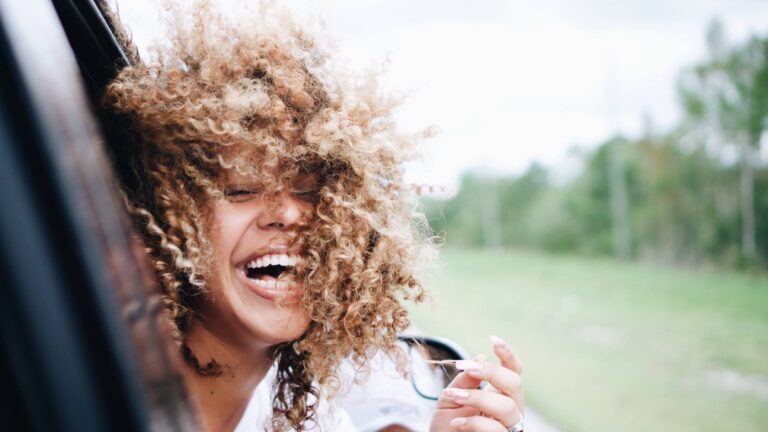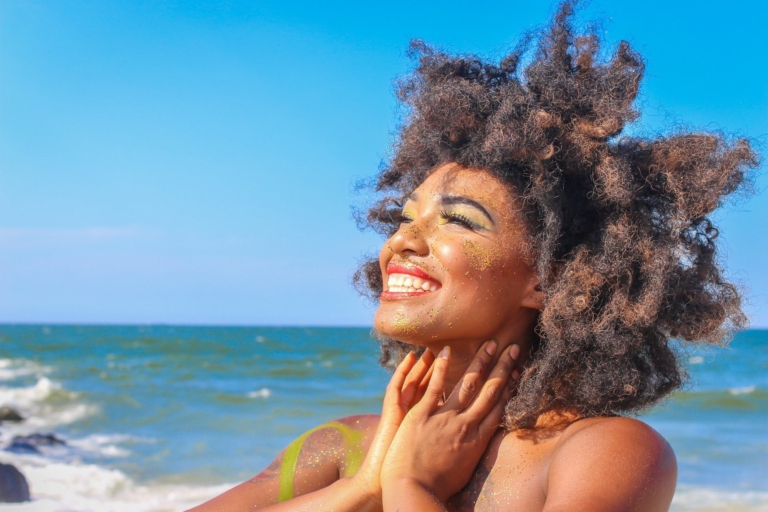African braids are increasingly popular
African braids are a bold and original hairstyle, usually made permanent. It’s a great option for those who love dreadlocks, but are afraid of this hairstyle. African braids will be much softer and you’ll be able to create more style with them, which you can’t do with rigid dreadlocks.
And African braids are much more flexible. African braids are fine, tight weaves that originated in Africa. However, African braids on natural hair can also be done at home.
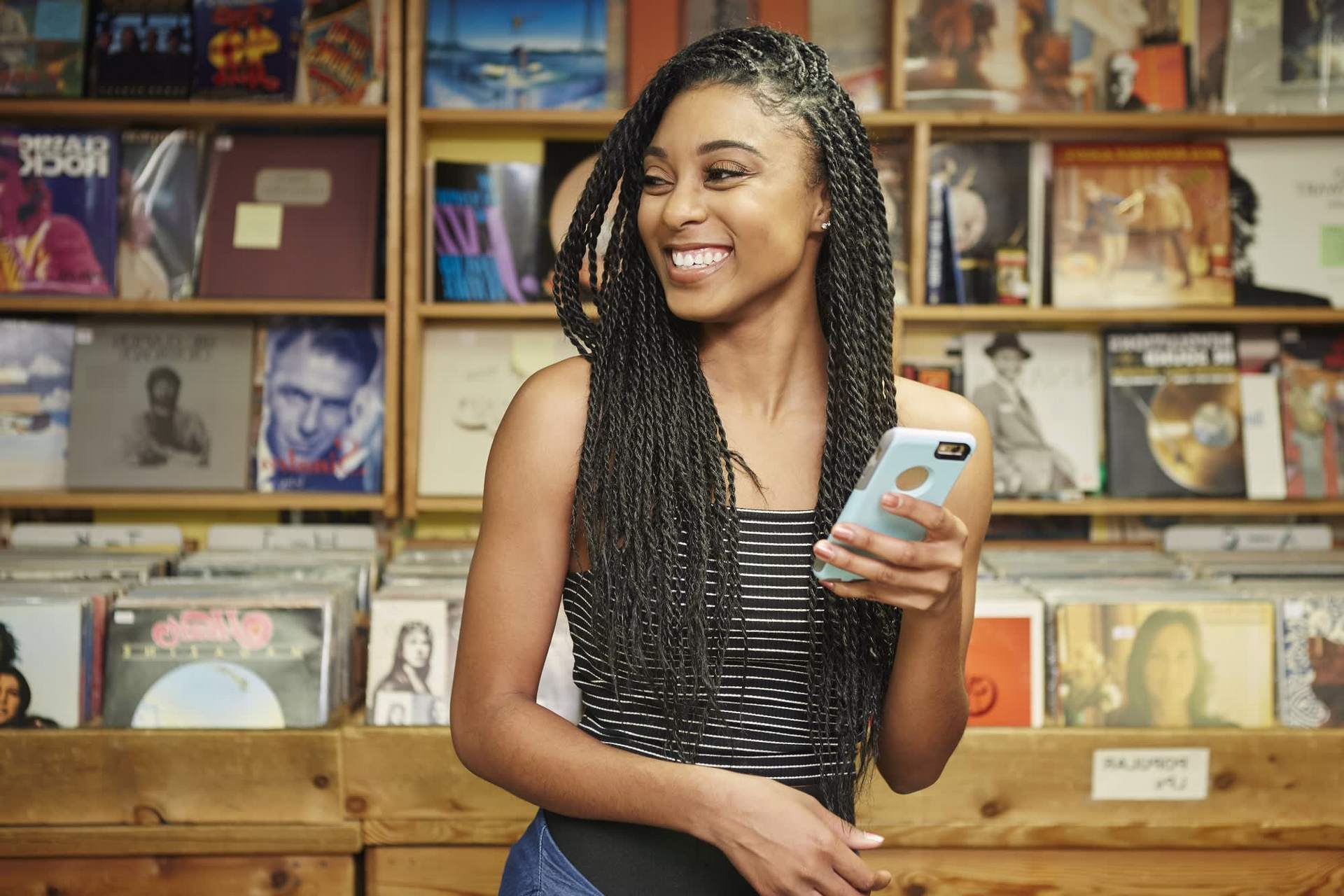
African braids: What are they?
African braiding is an ancient art form that dates back to around 3500 BC in Egypt and was part of tribal customs. The hairstyle quickly became popular throughout Africa. Every nation, region and tribe had, and often still has, its own style of hair braiding.
In some regions, braids were also a means of communication. Just by looking at a hairstyle, you could find out whether a person was married, in mourning or already of marriageable age. Certain hairstyles also provided information about social status. Originally, African braids facilitated the circulation of air near the scalp, helping the natives to survive the heat.
In the 1950s, braids enjoyed a renaissance. Not only in Africa, but also in the United States, after years when African hairstyles were rejected in favor of “white hair”. During the era of racial segregation and the struggle for rights of the African-American community in the 1960s, African braids became a symbol of the civil rights movement. They were worn by black artists, scientists and activists, among others.
In the 1970s, immigrants from West Africa “brought” even more braid styles to America. They became increasingly popular not only in America’s black communities, but also in Europe, especially in the 1990s, when this hairstyle was popularized in the USA and around the world by rap and hip-hop culture. It’s said to be a popular hairstyle among rappers.
Over the years, braids, like other hairstyles “like the Afro“were controversial in the United States and Europe. Today, while racism is increasingly opposed, they are nonetheless very popular and even appear on red carpets. African braids are worn by celebrities such as Beyoncé, Rihanna, Alicia Keys and Zendaya.
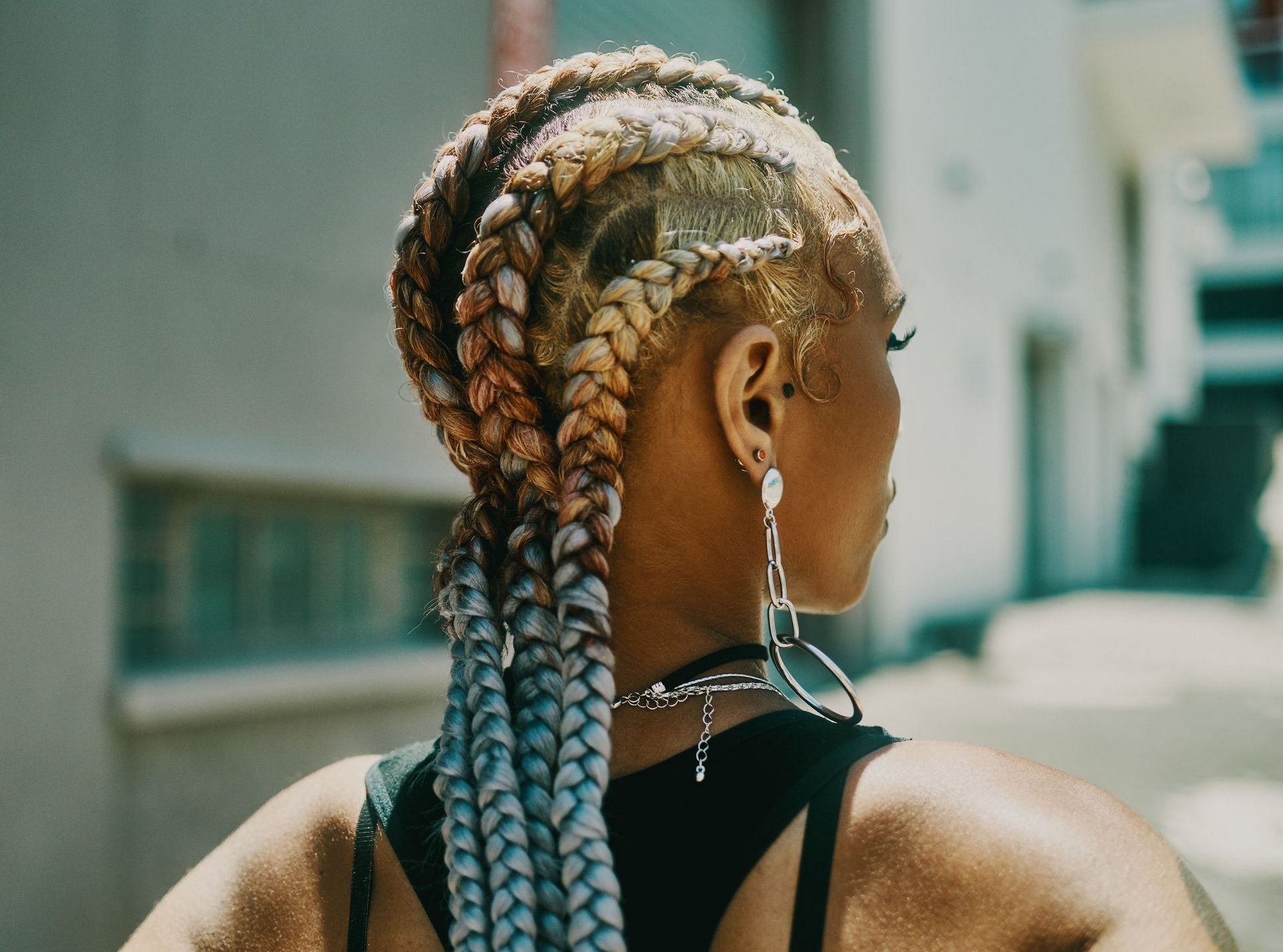
What hairstyles suit African braids?
African braids, i.e. fine, tight braids made from the scalp, are becoming increasingly popular in Quebec. They are often adopted by young women who dress in hip-hop and hippie styles. It’s an excellent alternative to dreadlocks which seem too “definitive” for many people. Not only are African braids just as original, but they can be styled in a variety of ways, such as chignons, crowns or ponytails.
Synthetic African braids
Attached braids will avoid the “bald head” effect and thicken the braids, which will look much prettier. What’s more, synthetic braids are available in a variety of colors to add variety to your hairstyle and let you express yourself.
Also read: How can you tell if your hair is overprotected?
How much does it cost to have African braids done? Unfortunately, it’s quite expensive. Prices at professional hair salons vary according to the length and density of the natural hair and the salon chosen. The cost depends not only on the length of the braids, but also on whether they will be braided on natural hair, which must be at least 7 centimeters long and sufficiently strong and dense, or whether they will be completed with synthetic braids. The latter option is, of course, more expensive. The braiding of African braids is also time-consuming, requiring a few hours, and can cost up to $400.

How to make a beautiful African braid?
African braiding can also be done at home, which is much less expensive. Bear in mind, however, that it’s always safer to entrust this task to a professional salon. If you’re braiding your hair at home for the first time, it’s unlikely to be perfectly smooth and neat. To create African braids, you’ll preferably need the help of another person. Be prepared for a few hours of tedious work, which can be an opportunity to spend time with a friend, a sister or your mom. In African communities, braiding is a form of socialization and bonding. Braiding encourages long conversations, confidences and jokes.
Prepare your hair. Wash with shampoo, rinse with cool water, dry and comb carefully. Don’t use conditioner or hair mask before braiding. Divide your hair into equal 2.5 cm sections. Use a comb to help you. Remember that the number of sections varies from person to person, depending on the thickness of your hair.
Divide each section into three strands and start braiding. They are braided in the same way as traditional three-strand braids, but starting at the bottom and working your way up to the top of the head. The key is precision and care: African braids must be very tight, regular and smooth. You need to be patient, and the next time you braid, it should go much more smoothly – practice makes perfect.

African braids and their care
How do you take care of your African braids to keep them looking their best? Always try to use a hairdryer, dry your hair with a lukewarm jet and avoid hot air. Tie your hair before going to bed to prevent tangling, and when your hair is very dry, spray it with a moisturizing spray or massage with Myla Bella oil.
Soak your hair as little as possible. So, when you’re not washing your head, try tying your braids into a high bun to keep water out. On the other hand, if you are going to wash your hair, be sure to follow these tips for the general care of African braids.
They should be washed with a shampoo diluted in water. You can moisturize the ends of your tresses with conditioner, but it’s best not to use it all over your head. On sunny days, use a sunscreen for your scalp. Your skin will be exposed and unprotected by your hair in certain areas, making it more vulnerable to the sun’s rays. You can also cover it with a scarf or hat.
How long can you enjoy your braids?
They last between three and six months, depending on how fast your hair grows. Next, roots and your hair becomes increasingly overloaded. Once you’ve undone your hair, you can either go back to your “old” hairstyle, re-braid your hair or cut it shorter.
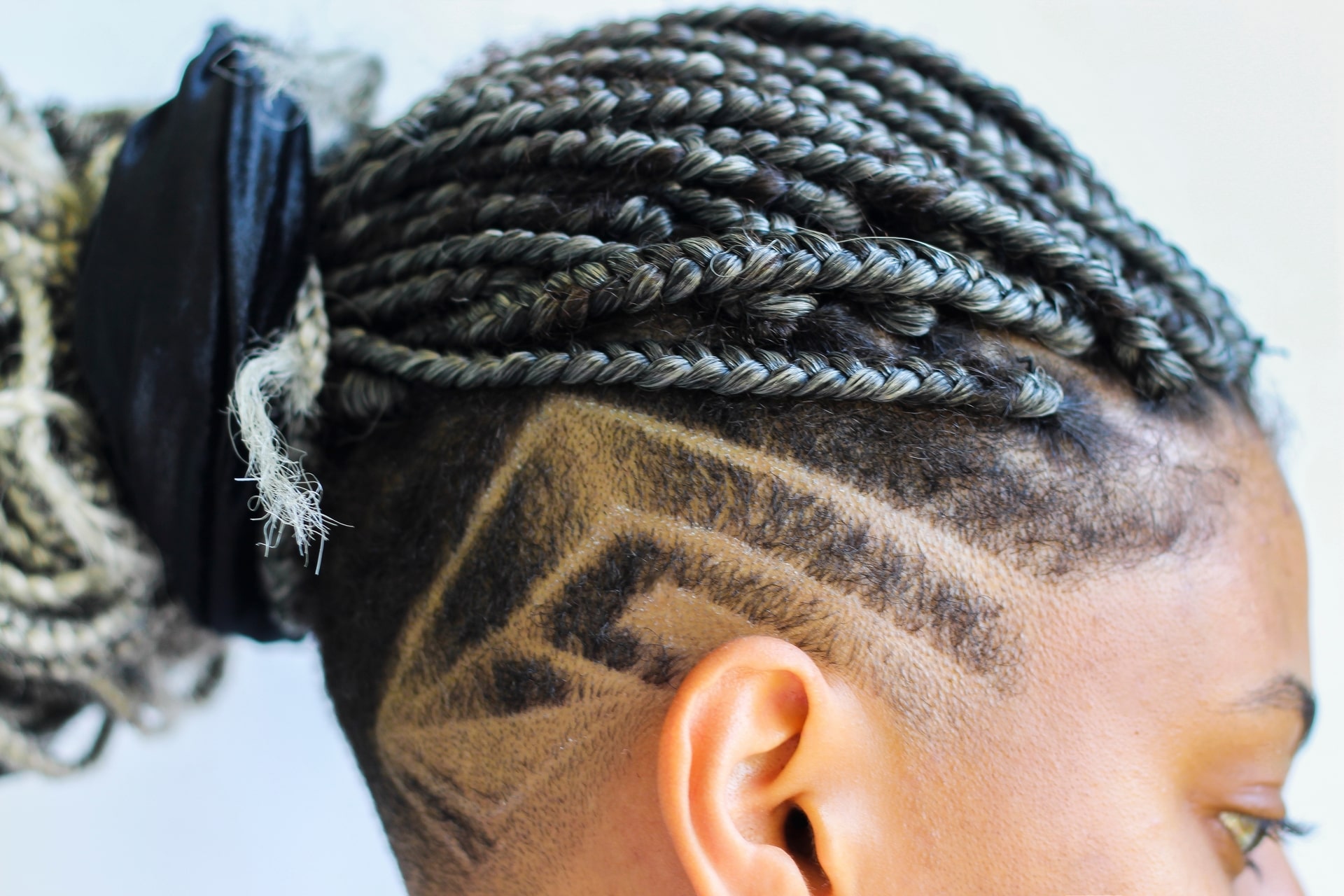
What are the main advantages of synthetic braids?
Synthetic braids don’t need to be done; you just wake up in the morning and your hairstyle is ready. What tilts the balance in favor of this hairstyle is that your hair is longer, the style gains volume and you can incorporate highlights in the color of your choice.
How do I remove synthetic braids?
Why does so much hair fall out afterwards? It’s an illusion. According to the literature, between 100 and 150 hairs fall out every day in a healthy person. If you have braids, these hairs have nowhere to fall and remain in the braid for a few months.
That’s why, when we remove the braids, these dead hairs come out along with the synthetics and it looks like a whole bunch of our “hair” has suddenly fallen out. Dead hair can’t be untangled as quickly either. The hair you see on your pillow after removing the braids is usually the hair that couldn’t be untangled the first time.
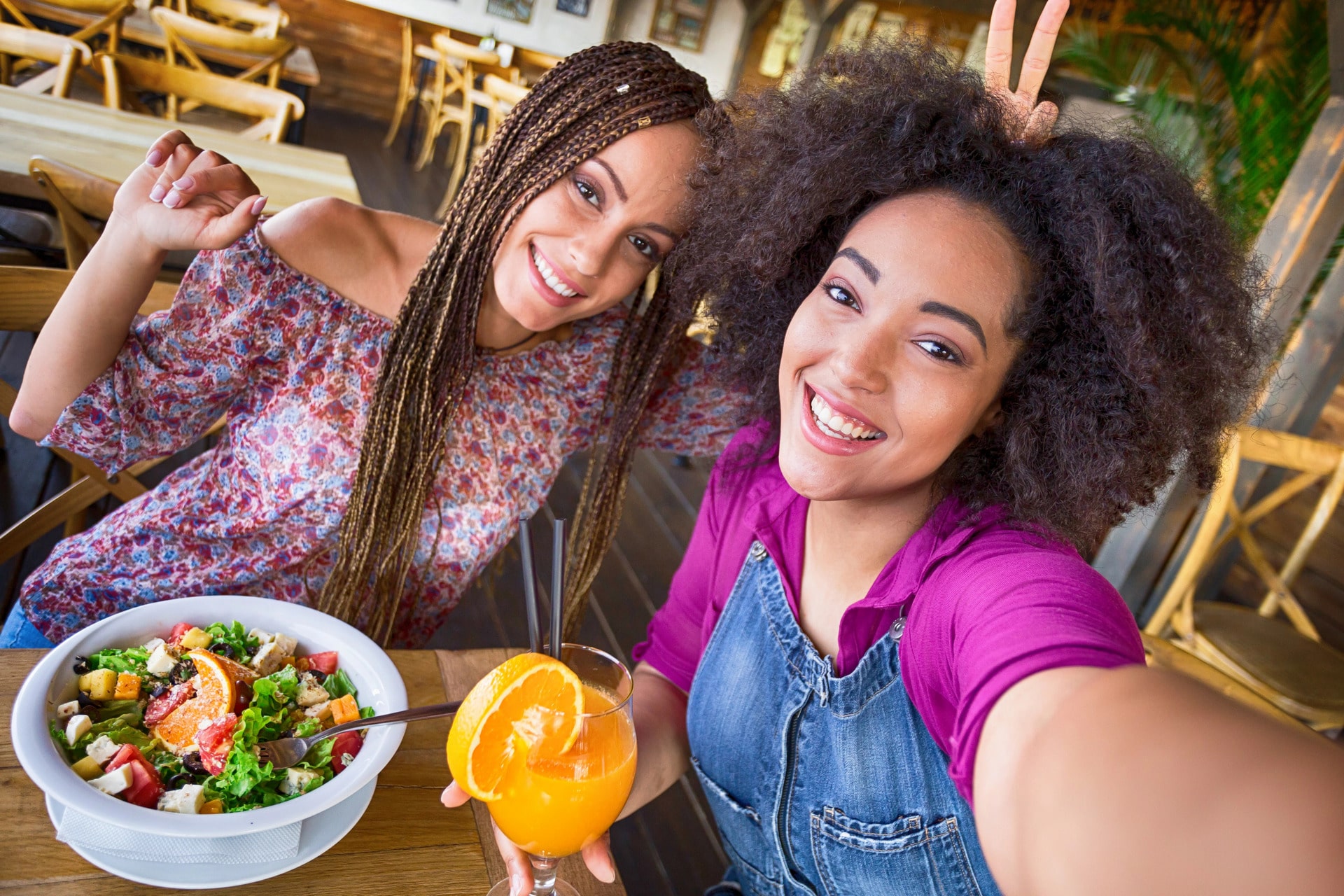
Does wearing this style damage the hair?
No, hair regenerates when it’s braided, because tightly braided hair rests from everyday thermal, physical or chemical treatments such as straightening, coloring, UV rays, daily contact and clothing friction.
How long does it take to braid?
Time depends on the number and length of braids. If we’re talking about classic braids, which are the most common, it takes from 4 to 8 hours. Reusable braids take less time, from 2 to 4 hours.
Also read: how to use fenugreek for hair?
The disadvantage of this hairstyle
80% of braid-wearers suffer between 3 and 10 days: everything is tense, which is not always pleasant, the extra weight is felt especially in the first few hours, the head itches and sometimes hurts. The first few nights are not comfortable, you don’t know how to lie down, and everyone finds their own way of sleeping over time.
Some people develop red spots at the roots of their hair – a completely natural root reaction. It’s called folliculitis and it’s not serious. The skin recovers better when it’s not scratched. It is not a sensitivity and disappears on its own within a maximum of two weeks, sometimes after just a few days, although not everyone experiences it.
The minimum hair length should be 7 cm, otherwise the synthetic hair may slip out of place when worn. At first, fresh braids are stiff and hard; over time, they soften with wear. Nonetheless, this hairstyle has earned a reputation for being comfortable, and arouses more appreciation than opposition.

Warnings
This hairstyle shouldn’t hurt. If you find that you’re stretching the skin, or if the person complains that it’s hurting, go back and try again. Tightening the hair too much can lead to traction alopecia, or even permanent alopecia. It can also lead to infection and irritation.
Careful braiding, without pulling too hard on the hair, will make your hairstyle last. Pulling hard on your hair during braiding has no effect on the durability of the hairstyle, and may lead to permanent pain and hair loss.
Contraindications
- High scalp sensitivity
- Infectious skin diseases of the scalp
- Hair must be at least 7 cm long
- Thick hair cut straight for classic braids, natural hair must be straightened
What are African braids called?
Cornrows: a braiding style in which the hair is braided very close to the scalp, using a delicate upward movement to create a continuous, raised row. Cornrows are often done in simple straight lines, as the term suggests, but they can also be styled in complex geometric or curvilinear patterns.
What types of hair braids are there?
- The classic 3-strand braid
- French braids
- An ear braid
- Braided rope
- Lace braid
- Ladder braid
What are Fulani braids?
Peul braids, popularized by the Peul people in Africa, are a style that generally comprises the following elements: a braid braided in the middle of the head, one or more braids braided in the opposite direction, towards the face, just at the temples, and a braid wrapped around the hairline.
What are goddess braids?
They look like large baskets. They are braided close to the scalp on natural hair or with extensions. They can be a crown braid, a Mohawk braid and a low braided bun or a half-bun with a headband, to name just a few.
“One of my biggest dreams is that my company will be able to change the course of one family’s life, one child at a time by giving back to the community.”






